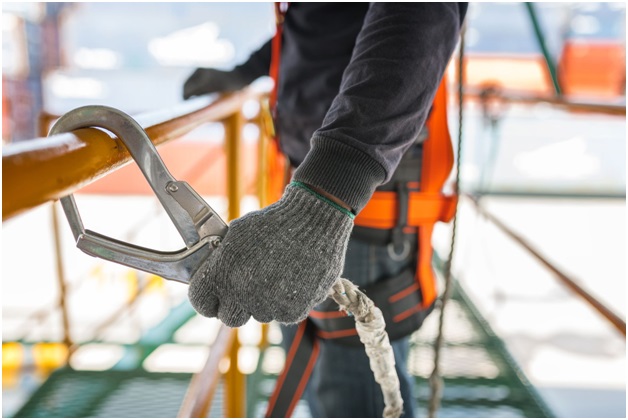Businesses need to keep their employees safe for lots of reasons and perhaps the top one should be keeping friends and colleagues safe. Window cleaners use anchor systems that aren’t safe and it can cause big problems. They have a fall and you have to watch a colleague go through challenges just to recover from something that was preventable. Of course, we should also mention the fact that many regulations call for specific actions from businesses.
In the United States, the Occupational Safety and Health Administration (OSHA) takes charge of setting and enforcing safety regulations in different industries. When it comes to businesses involving working at heights, OSHA has got your back with guidelines that will make you fall head over heels for fall protection measures. We mentioned window cleaners but we could also talk about construction workers and others who regularly work at heights – the OSHA regulations cover them all.
Perhaps the most obvious goal of these regulations is to keep people safe – nobody wants to see people get hurt at work. Not following regulations has its consequences, both legal and financial. Businesses risk hefty fines for ignoring OSHA guidelines and might even end up in court if an employee takes a tumble due to their negligence. No business needs fines and court cases in a world where everything is already so expensive (not to mention those pesky competitors!).
So, what’s the secret recipe for businesses to stay on OSHA’s good side with their Fall Protection Guidelines? Well, here it is: employers must be hip to the workplace, spotting potential fall hazards, and nipping them in the bud. Think safety equipment like harnesses and lanyards, groovy guardrails, and some killer training to show employees how to rock that gear like pros. Take a walk around your warehouse or review the duties performed by your team to learn the biggest risks.
Those who regularly go above six feet from the ground also need a plan that addresses fall protection safety –Shine on Anchors and other reliable companies can help a business in this regard. This plan should be as solid as a tightrope walker’s balance beam. It needs to outline specific measures to prevent falls and have emergency procedures ready in case of a tumble. Remember, businesses should regularly review and update this plan to keep it on its toes and ensure it stays effective. Safety first, one and all.
We shouldn’t forget the educational factor because this is something that OSHA regulations emphasize. If we’re all learning and moving forward, fewer people experience injuries. Employers must equip employees with fall protection training to prevent any terrible accidents. This includes general guidelines, safety measures, and equipment expertise. Remember, knowing how to use, inspect, and maintain the gear provided by the company is key to “fall”-ing safely.
Employers also need to track events and record everything that happens. We’re not talking every cup of coffee made, but any incidents worthy of noting. These records are like the superheroes of safety, capturing near-misses and potential hazards that were swiftly tackled before a fall could even think about happening. They not only track the effectiveness of our current fall protection measures but also reveal where we can level up our safety game. Stay one step ahead and keep those hazards at bay. Nobody needs to see that the business is perfect, just that it learns from its mistakes and gets continually safer for all.
